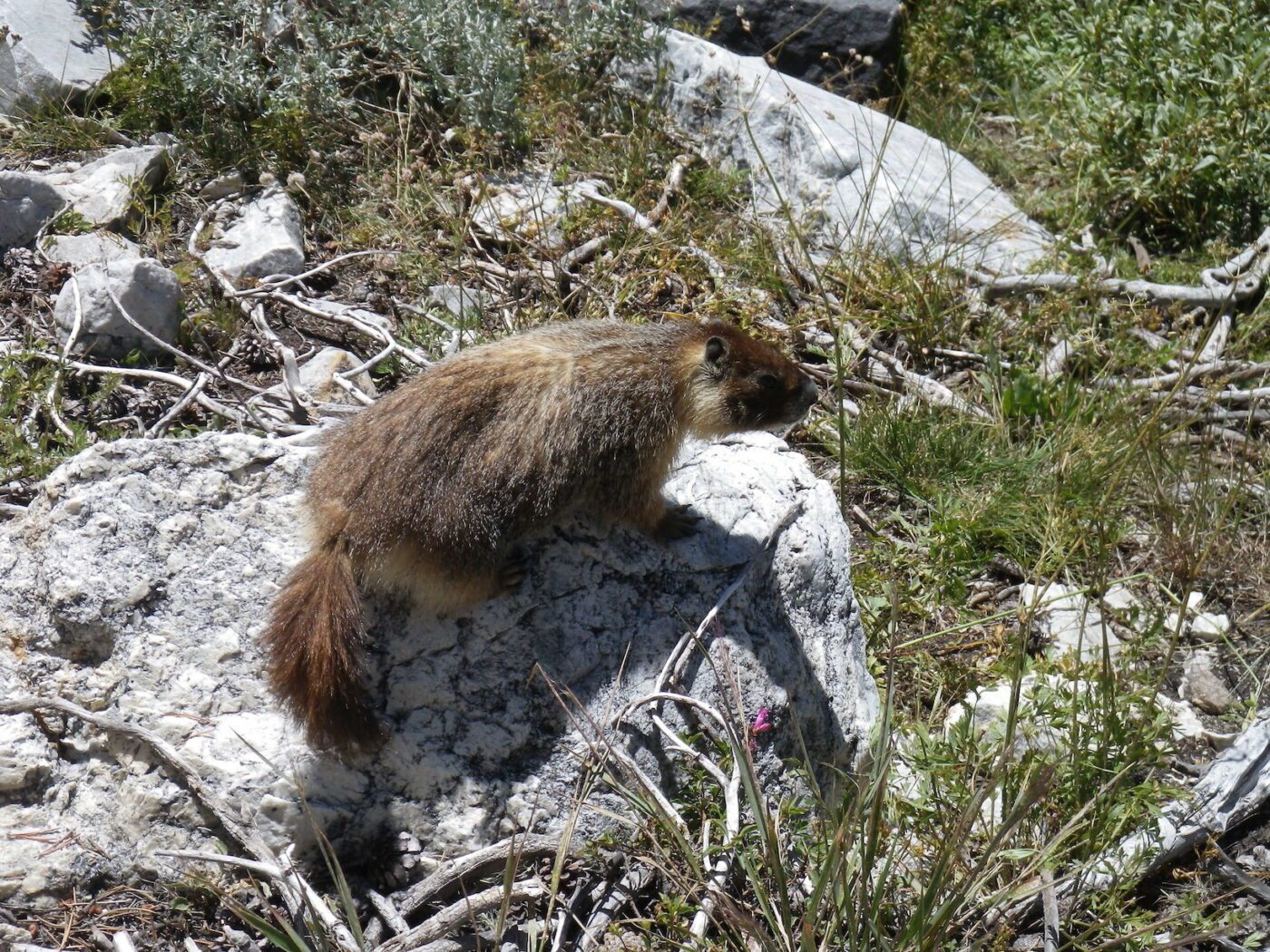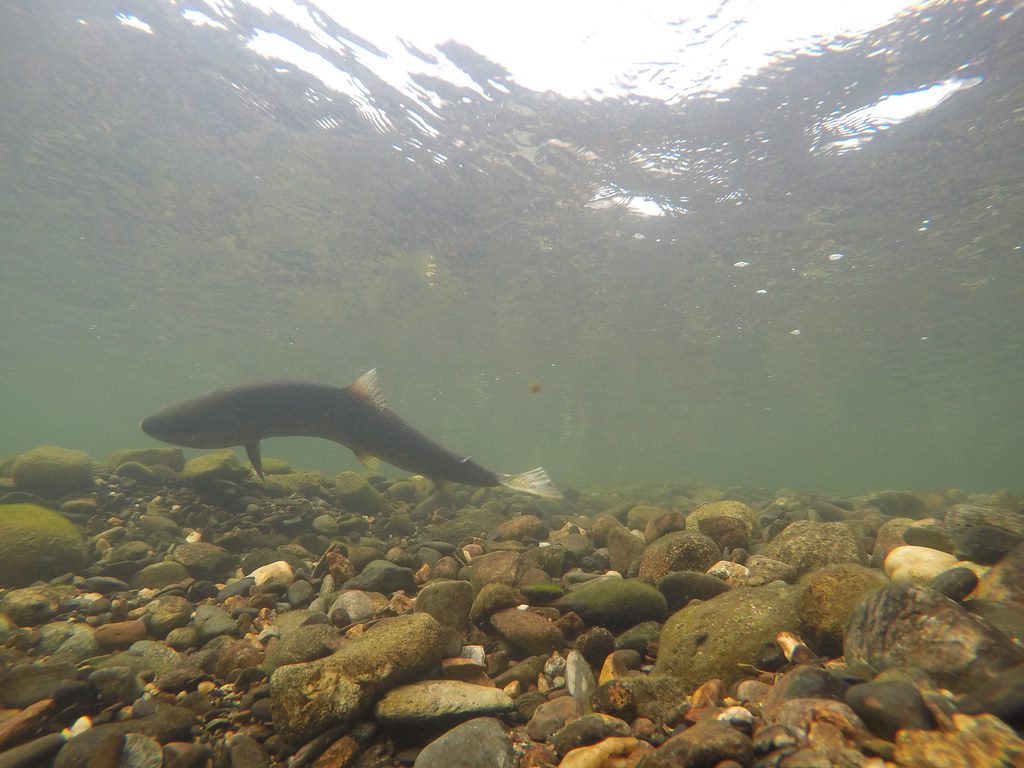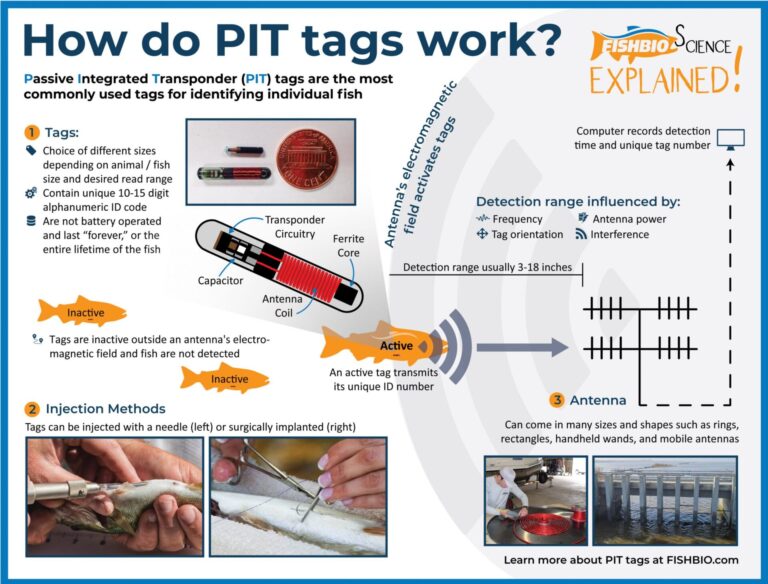Wednesday January 5, 2022

To cap off 2021, we’re looking back at our most-read stories of the year. Salmon, steelhead, technology….and marmots…are at the top of the list. It really is the time of year for surprises. Enjoy our best of!
#5 Corralling Steelhead: Carmel River Weir
Nearly a year ago, we fabricated, installed, and wrote about a custom weir to trap steelhead on the Carmel River in Monterey County. Unlike most of our other weirs that are constructed to monitor salmon, this one included a unique notch with an adjustable fyke structure to allow steelhead kelts to pass back downstream after spawning. The story also features two videos: a time-lapse of the weir installation and an overview video explaining how the weir works.

#5 Corralling Steelhead: Carmel River Weir
Nearly a year ago, we fabricated, installed, and wrote about a custom weir to trap steelhead on the Carmel River in Monterey County. Unlike most of our other weirs that are constructed to monitor salmon, this one included a unique notch with an adjustable fyke structure to allow steelhead kelts to pass back downstream after spawning. The story also features two videos: a time-lapse of the weir installation and an overview video explaining how the weir works.

#4 Yellow-Bellied Marmot: Not Your Average Class Pet
One of these things is not like the other… Despite our decidedly fishy focus, we do occasionally write about other members of the animal kingdom that we encounter during our work. One such “creature feature” story profiled the yellow-bellied marmot and its adaptations for living in high-altitude habitats. Among other things, the story points out that, despite its first impression, the yellow-bellied marmot is not in fact an overfed hamster.

#3 Reading the Bones: Ancient Salmon DNA
This story described a study about extracting DNA from ancient specimens – in this case, 200-year-old fish bones from a Native American midden at Mission Santa Clara. Genetic material was successfully recovered from 58 salmonid bones, and three were positively identified as belonging to Chinook salmon. It’s an example of how modern technology can be used to provide a historical perspective of California’s native species.

#2 Hot and Crowded: When and Where Salmon Spawn on the Stanislaus River
Studying the timing and locations where salmon lay their eggs is a key component of our fisheries monitoring. This story and accompanying video describe the findings of one of our scientific publications (Peterson et al. 2020), which analyzed seven years of salmon spawning data on the Stanislaus River and identified locations of superimposition, or places where salmon tend to build their nests on top of each other. The study also found that in the drought years of 2014 and 2015, nearly all salmon laid their eggs in water that was warmer than the spawning threshold recommended by the Environmental Protection Agency.

#1 A Beginner’s Guide to PIT Tags
We love fisheries technology, and apparently our readers do too! Our most popular story of the year was the first of our “Science Explained” series, which included an infographic and explanation of Passive Inductive Transponder or PIT tags. These tags are similar to the microchips used in pet dogs and cats, and they are commonly used in fisheries studies to track fish movement, survival, and growth of individual fish over time. Another Science Explained story on acoustic telemetry was among our top 10 stories of the year. Fish technology is clearly a hit!
Thanks for reading and following along with us in 2021. We are looking forward to unveiling something new in the new year. Happy holidays, and stay tuned!
This post featured in our weekly e-newsletter, the Fish Report. You can subscribe to the Fish Report here.
